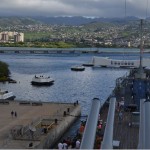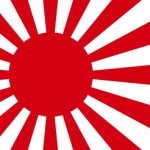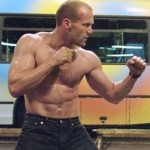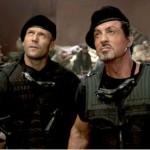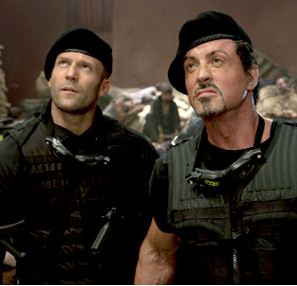‘Mighty Mo’


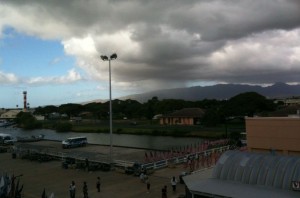
The USS Missouri (also known as “Mighty Mo” or “Big Mo”) is one of Pearl Harbor’s historic sites. It was on her deck where Japan signed the surrender that ended World War II. She was also the last battleship built by the United States.
West Virginia, one of the ships that was sunk in the attack on Pearl Harbor and was later raised and repaired, was present as the only other ship that was there on December 7th, 1941 and at the time of the surrender on September 2nd, 1945. I would have thought that holding the surrender ceremony on the deck of the West Virginia would have sent a powerful message, but perhaps there were reasons against it.
*****
I was on the deck of Mighty Mo and inspiration ‘struck’ me for another movie idea which (sorry, but I can’t help myself) I will describe to you here.
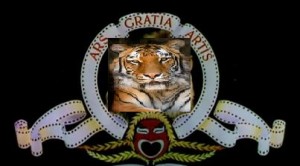
The year is 1945, sometime after Japan’s surrender; a group of young Japanese Navy officers swear to a dying admiral that they will avenge the shame of the surrender by sinking Missouri. The admiral leaves his wealth to them for this purpose and the condition that no human life will be lost (he says same nice, straight-to-the-heart words about how enough people have died and the sinking of Missouri will be only to reclaim Japan’s honor).
The officers swear to meet every year on the anniversary of their admiral’s death. They then part ways and begin businesses that becomes very successful based on the UN forces’ need for large quantities of various materials during the Korean War.
One of them, however (because there always has to be one who is alienated from the others – a black sheep – who does it differently) takes no interest in business. He practises karate all day, listens to patriotic war songs and visits the Yasukuni Shrine every year. The imperial Japanese flag (the Rising Sun) hangs in his apartment and he keeps his officer’s uniform at the ready. A few times a year, he visits the graves of his family (both his parents, his wife and two kids). All the dates of death read the same: August 6th, 1945.
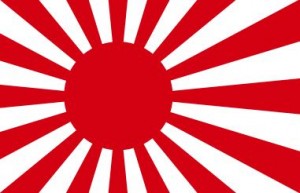 He is the one who reminds his fellow officers that they have an oath to respect. They insist that the time is not right and they need to accumulate more money for such an operation. The officer – let’s call him Toshiro – doesn’t like it, but he cannot do anything on his own.
He is the one who reminds his fellow officers that they have an oath to respect. They insist that the time is not right and they need to accumulate more money for such an operation. The officer – let’s call him Toshiro – doesn’t like it, but he cannot do anything on his own.
One evening, Toshiro walks home, returning from the store where he has had his war medals cleaned and polished. He hears cries for help, runs and sees three drunken American soldiers menacingly approaching a young girl. Toshiro intervenes. In the brawl that ensues (the three drunks are no match for the Toshiro’s karate skills), Toshiro drops the box with medals and they roll across the ground. One of the Americans shouts something like, “You bastard Jap, I know these medals. How many Americans did you kill?!” and draws a pistol. Toshiro is faster and hits him, but the soldier accidentally shoots the girl. All movement stops as everyone realizes what has happened. Toshiro goes to the girl, but she is already dead. “What did you do?” he shouts to the soldier. The soldier shoots again and this time he hits Toshiro in the leg. The soldier comes closer with the intention of finishing Toshiro off (the other two Americans try to stop him, but he says the Jap is the only witness). Toshiro, with the last of his strength, manages to karate hit him in the neck and kills him.
The two deaths are easy to pin on Toshiro: after a short investigation, the war memorabilia and the tragic death of his family in the Hiroshima bombings are revealed as evidence of Toshiro’s motives for attacking and killing an American. The actions of the American soldiers was attributed to self defence and girl’s death was glossed over as an accident.
Behind the scenes of the trial, one of the soldiers doesn’t consent to this version of the story. His superior threatens him that, should he attempt to stray from this story, his testimony will be discarded because he was intoxicated at the time. It is also mentioned that telling the truth will only bring disrepute to the Americans involved, including the family of the dead soldier, who was a Second World War veteran, a decorated hero in his small town. After being shown a photo of the departed’s wife and kids, the soldier concedes. Toshiro is condemned for life in prison as he recovers from his injury. In prison, he was wears one of his medals and this attenuated bullet.
Fast forward 60 years: the soldier who did not initially want to go with the cover-up story lays on his death bed. Not wanting to take this secret to the grave, he finally tells the truth. Toshiro is released from prison in time for the annual meeting of his former colleagues, or at least of those who are still alive. They continue to meet, but simply to reminiscence. They have businesses now, many of which trade with America; they no longer care what happened 60 long years ago.
At the meeting, Toshiro gives a speech about the honor of the samurai’s ways. He reminds them of the oath they made. So, in order to placate him, they call Jason Statham, a former SAS operative to give them a report about the feasibility of the mission to sink “Missouri” without any loss of human lives. 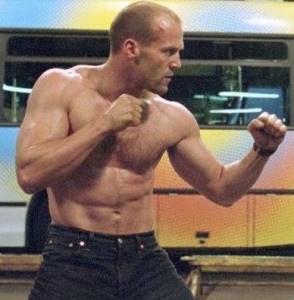
Statham goes to Pearl Harbor and says, as expected, that it is an impossible mission.
Toshiro doesn’t accept this and vows to act alone. He travels to Pakistan where he contacts an officer from Inter-Services Intelligence (ISI, Pakistan’s intelligence agency) – here, I have to think how this will be done in a way that is credible – to aid him in his mission. The officer is able to put him in touch with “the right people.” Of course, a handsome amount of hard currency is changing hands.
Scene: in a tent, Toshiro and several bearded men (everyone knows who they are) drink tea; they already know a lot about Toshiro as they have a complete file on him from ISI. They tell him that his mission will be difficult, but they are willing to help him, though it will be very expensive. The men’s plan is to suicide-bomb the target. Because they know Toshiro to be a man of honor, they tell him that they are willing to sacrifice themselves in order to improve the lives of those around them, when, in fact, they are actually planning to buy weapons. “Money,” Toshiro tell them, “is no object.” The men tell him to come next month with the down payment.
The following month, Toshiro returns. They show him a small, thin plastic cylinder that contains a very powerful explosive, developed in the secret ISI laboratories. They put it under a large rock and the rock is obliterated. Toshiro is impressed and he asks about the chemical composition (he has a curious scientific mind), but no one seems to know. He is told that it is a closely guarded secret of rare components. He says he will deliver the money.
Toshiro goes home. He feels uneasy about what he has just seen and is hesitant to send the money. An appointment with his doctor, however, changes his mind. He is told that his test results indicate that he has six months to live. Toshiro decides to risk it and go ahead with the plan. He meets with his former officer colleagues and collects the money. He pays the advancement, next instalment in Hawai’i.
It’s a dark night, a submarine approaches the shore of Oahu. The audience is given a clue as to who the submarine belongs to: a photo of the “Great Successor” is hanging in the captain’s room. The submarine surfaces and several dinghies are launched. At the beach, SUV’s are waiting for the men. The next day: Toshiro comes to the luxurious hotel to meet the men. They show him the bag of powerful explosives so Toshiro hands them the next instalment.
However, in town, we now have Jason Statham. He was called by Toshiro and his mission is to retrieve one of the explosives. During the night, Statham goes to the hotel and manages to take one of the explosives, but the men have been tipped off as to Statham’s suspicious presence in town – have to think more about the whole scene – so, the next morning, the terrorists decide to act right away rather than waiting several more days as planned.
Meanwhile, Toshiro goes to a chemist and asks him to analyze the explosive. After a few hours, he comes back with the result, it isn’t a powerful, unheard-of explosive at all but … sand. Toshiro realizes that his own mission was just a cover for the terrorists’ true intentions which, he suspects, will result in the loss of many lives. Toshiro informs Statham of the imminent danger and together they set out to stop the men. The rest becomes a race against time.
Pearl Harbor: among the tourists that day, conveniently, is Sylvester Stallone and his nephew. Sylvester tell a story or two to his nephew about the time when he was Rambo.
Sylvester Stallone, Jason Statham and a group of ruthless terrorists: this is a lethal combination that will offer at least 45 minutes of packed action that’ll keep everyone on the edge of their seat. I still have to write these action scenes.





